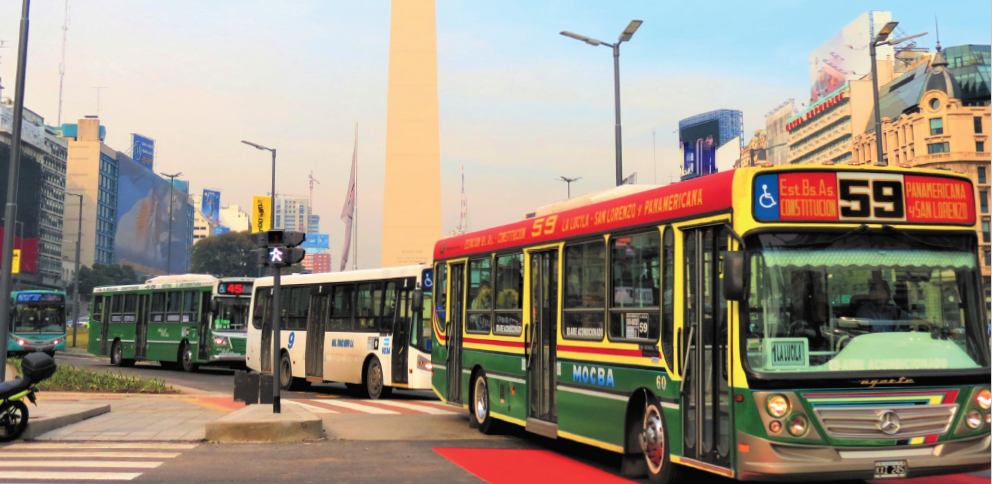The transport sector in Argentina is the biggest final energy consumer in the country, with almost 31% of total primary energy in 2017, and is responsible for almost 14% of total national greenhouse gas emissions.
At the same time, in Argentina 92% of population lives in urban areas, where the mobility system is mostly based on private transport vehicles. The Metropolitan Area of Buenos Aires alone is a home for over a third of the country’s population.
The high level of urbanization in Argentina contributes not only to GHG emissions, but also results in further serious environmental and social consequences such as health problems due to air pollution, noise and accidents, congestion and energy consumption.
Rethinking urban mobility plays a crucial role in transforming the transport sector, what is necessary in order to move towards a net-zero emissions economy. To achieve this, it is necessary to redefine the concept of mobility. Mobility is about the harmonious movement of people and goods, not necessarily with participation of motor vehicles. Therefore, the needs of women, children, senior adults, disabled people, migrants from diverse cultures, automobiles passengers, public transport users and cyclists emerge strongly. Thus, the differentiated needs of a multitude of subjects are revealed, subjects who participate in and need mobility to shift within and between cities.
Therefore, a sustainable urban mobility needs to ensure meeting the following objectives:
– Protecting nature and human health
– Being an integral part of a sustainable economy
– Being affordable for all
– Creating more attractive and healthier urban spaces
– Promoting greater social equity
– Generating sustainable and healthy jobs
– Facilitating access and opportunities for all
– Facilitating circular economy
The paper written by Climate Transparency’s partner in Argentina, FARN, analyses elements necessary to tackle challenges related to the transformation of the current transport system in Argentina. In the paper different scenarios related to the modal change and different penetration levels of electromobility in Argentina’s automotive park, with the aim of evaluating the impacts on energy consumption and GHG emissions, have been analyzed. Also, the question of the role of technologies and the exploitation of natural resources has been further scrutinized, presenting a comprehensive and holistic approach towards sustainable urban mobility.








